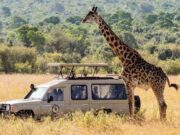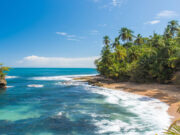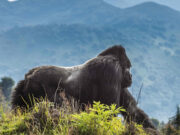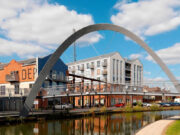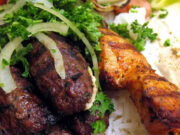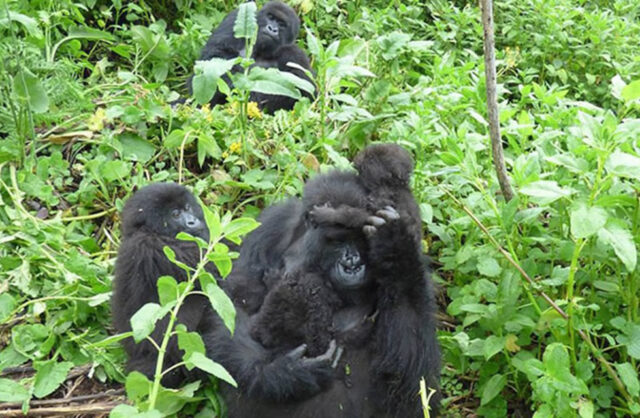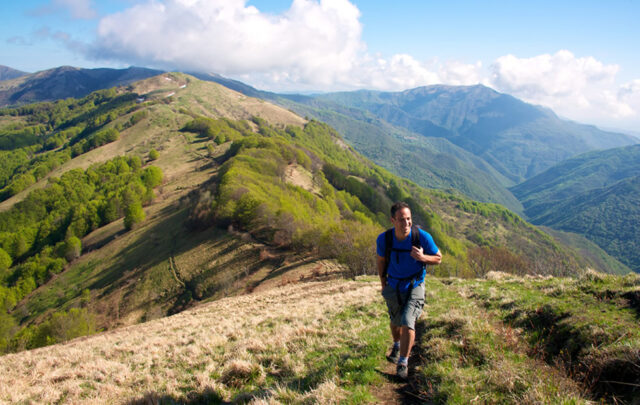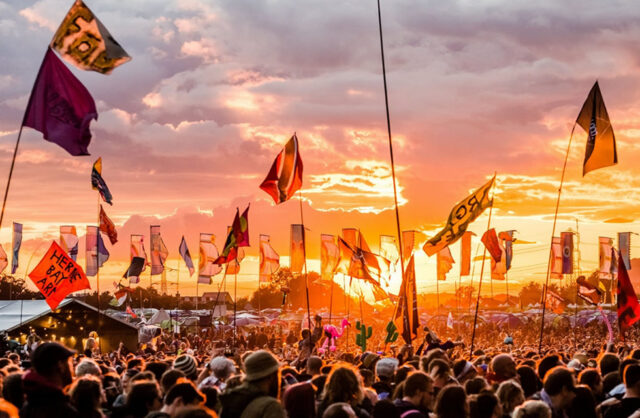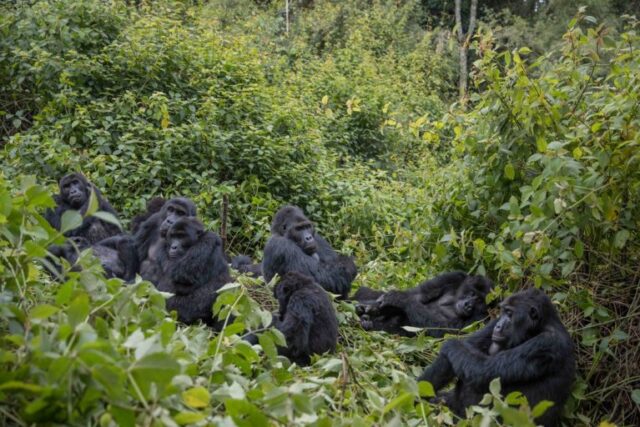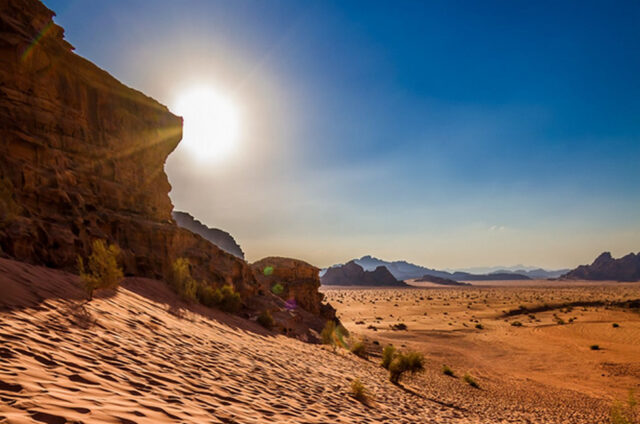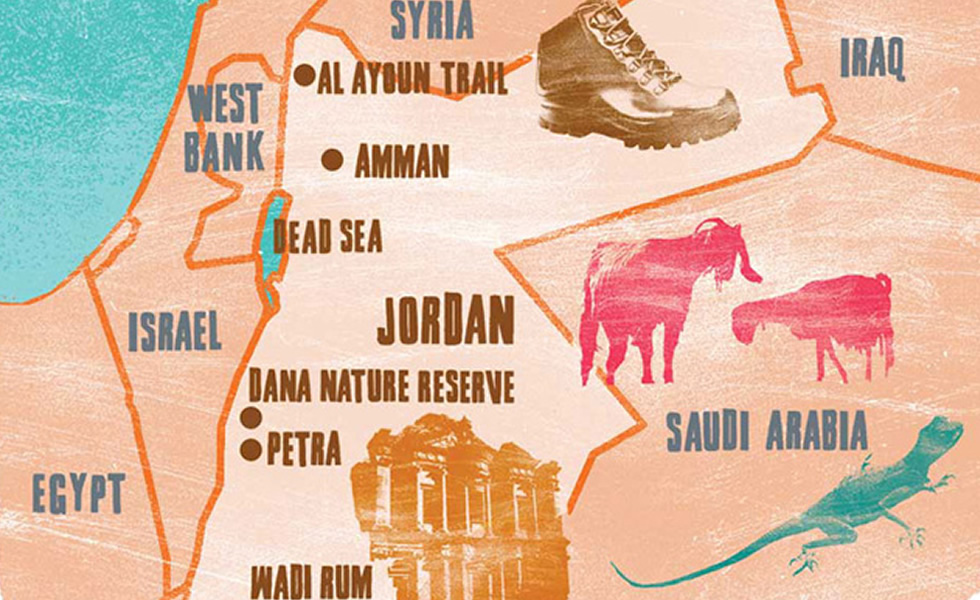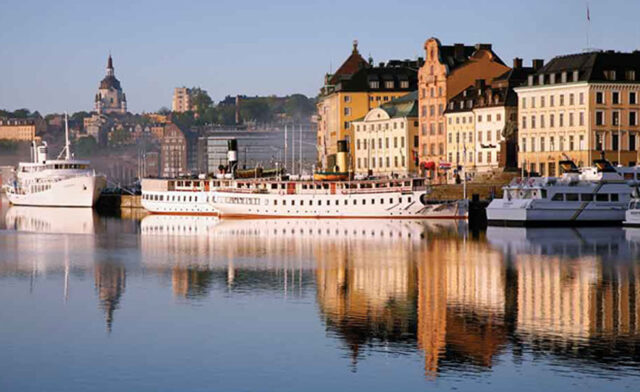How Tourism is Helping Gorillas and Communities in Rwanda
In the world of mountain gorilla conservation, every birth of a new born baby gorilla is a success. According to the 2011 gorilla census report, there are fewer than 1000 mountain gorillas left in the whole world, and half of this remaining population is found in the volcanic mountains of the Virunga range shared by Uganda, Democratic Republic of Congo and Rwanda. The rest of the population is found in the impenetrable forests of Bwindi National Park located in south western Uganda.
Rwanda has about 10 habituated gorilla groups available for tourism purposes, and many tour operators in Kigali and Kampala offer a wide variety of gorilla safaris to Volcanoes National Park in Rwanda, making gorilla tourism the leading foreign exchange earner for the country. More importantly, tourism is aiding in wildlife conservation as well as helping to empower local communities. Here’s how:
Kwita Izina
Kwita Izina is an annual Rwandan ceremony that involves giving names to the newly born mountain gorillas of the region. The main objective of Kwita Izina is to assist in monitoring each individual mountain gorilla in their family groups. The ceremony also aims to bring attention both locally and internationally to the importance of protecting these gentle giants in their natural habitat.
Through this event, officials help to sensitise the local communities around Volcanoes National Park and beyond about the importance of gorilla tourism as a new hope for this endangered species.
The ceremony attracts many people from different parts of the world and on that day, all accommodation units around the gorilla park are always full. Kwita Izina 2016 recently took place at Kinigi in Musanze, and was attended by thousands of people. This year 22 gorillas were named, a huge step in helping to protect this species.
Gorilla Doctors
The Gorilla Doctors are a dedicated team of professionals tasked with looking after the well-being of the endangered mountain and eastern lowland gorillas in Rwanda and DRC respectively. It is another support team for gorilla tourism, and a new hope for Rwanda’s gorillas. The many duties of the Gorilla Doctors include:
-Monitoring the health of each gorilla and helping to detect any disease or injury.
-Providing treatment to any ill gorilla in the wild.
-Rescuing and providing veterinary care to injured and orphaned gorillas by poachers.
-Conducting post-mortem reports of deceased gorillas to find out the cause of their death and learn how to prevent it.
-Preserving biological samples (for example; blood, feces) to be used by researchers investigating primate health issues around the world.
-Offering preventative healthcare to the dedicated park employees who protect the gorillas in the forest, the local community surrounding the gorilla park and their livestock as a strategy to reduce the risk of disease transmission from humans to gorillas.
Gorilla Doctors work hand in hand with the wildlife authorities in Rwanda and Uganda and with international conservation organisations such as International Gorilla Conservation Programme (IGCP) and Dian Fossey Gorilla Fund International.
Employment opportunities
Gorilla tourism creates employment opportunities for local communities around the gorilla parks including ex-poachers. For instance, people are employed in the park as rangers, park guides, wardens and porters. Others are employed in the hotel sector as waiters, lodge managers, security guards or chefs.
Furthermore, the hotels and lodges near gorilla parks create a market for local agricultural products such as vegetables, bananas, milk, and cattle. This again helps to create local awareness about the importance of gorilla tourism.
Iby’Iwacu Cultural Village
This is a non-profit umbrella organization with the main objective of improving the lives of reformed poachers and communities around Volcanoes National Park Rwanda as a way to conserve the mountain gorillas and their natural habitat. This is done through the provision of conservation incentives, supporting community enterprise development and livelihood based projects.



